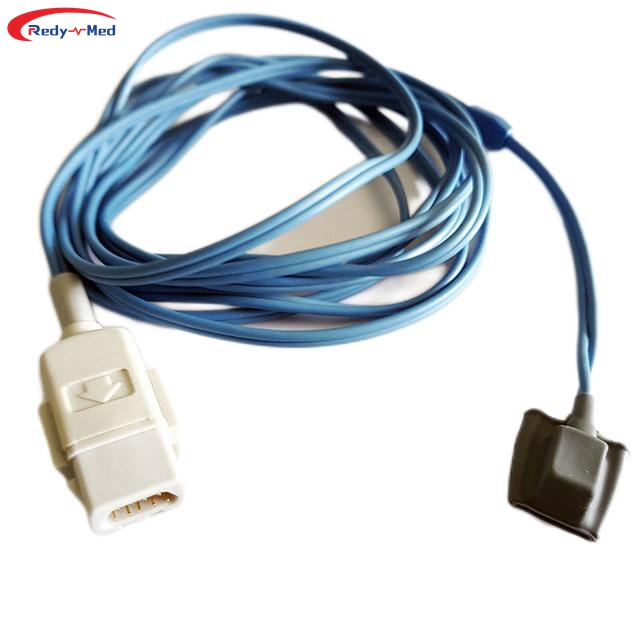
Exploring the Potential of Disposable Blood Oxygen Sensors in Health Management
2024-03-21 00:04:21
Unleashing the Potential: Disposable Blood Oxygen Sensors Revolutionizing Health Monitoring

With the rapid advances in technology, disposable blood oxygen sensors are emerging as game-changers in the field of health management. These portable and affordable sensors have the potential to significantly revolutionize the way we monitor our health. This article explores the various applications of disposable blood oxygen sensors and their immense potential in improving health outcomes.
Enhancing Accessibility and Convenience
Disposable blood oxygen sensors offer unprecedented accessibility and convenience, allowing individuals to monitor their blood oxygen levels anytime and anywhere. These sensors are lightweight and can be easily attached to the fingertip or earlobe, making them ideal for use at home, in healthcare facilities, or even during physical activities.
Moreover, the disposability of these sensors eliminates the need for maintenance and calibration, ensuring accurate readings without any hassle. The user-friendly interface, often accompanied by mobile applications, enables users to track and analyze their data effortlessly, empowering individuals to take proactive control of their health.
Detecting Respiratory Conditions and Sleep Disorders
One of the key applications of disposable blood oxygen sensors is in monitoring respiratory conditions such as chronic obstructive pulmonary disease (COPD), asthma, and pneumonia. These sensors can detect abnormal oxygen saturation levels, providing valuable information for early diagnosis and intervention.
Additionally, disposable blood oxygen sensors have shown promising results in identifying sleep disorders like sleep apnea. By monitoring oxygen saturation levels during sleep, these sensors can identify episodes of interrupted breathing, enabling timely medical intervention to prevent further complications.
Monitoring Physical Performance and Fitness
Disposable blood oxygen sensors have also found widespread utilization in the field of sports and fitness. Athletes and fitness enthusiasts can benefit from real-time monitoring of blood oxygen levels during workouts or training sessions. This data can help optimize performance, prevent exertion-related injuries, and determine the ideal duration and intensity of training.
Moreover, disposable blood oxygen sensors can aid in tracking recovery rates after physical exertion, providing insights into the effectiveness of post-workout recovery strategies. This capability is particularly useful for athletes aiming to enhance their performance and reduce the risk of overtraining.
Unlocking the Full Potential: Embracing the Future of Health Management
Disposable blood oxygen sensors hold tremendous potential in transforming the way we approach health management. By enhancing accessibility, detecting respiratory conditions and sleep disorders, and monitoring physical performance and fitness, these sensors empower individuals to make informed decisions regarding their well-being.
As innovations continue to drive the development of disposable blood oxygen sensors, it is crucial for healthcare providers and individuals alike to embrace these advancements. By leveraging the full potential of disposable blood oxygen sensors, we can pave the way for a healthier future, where proactive health monitoring becomes the norm.
Conclusion
In conclusion, the potential of disposable blood oxygen sensors in health management is vast and promising. With their accessibility, ability to detect respiratory conditions and sleep disorders, and usability in monitoring physical performance and fitness, these sensors provide valuable insights for individuals to take charge of their health. As we embrace the future of health management, disposable blood oxygen sensors are set to revolutionize the way we monitor our well-being, ultimately leading to improved health outcomes and a better quality of life.
Get the latest price? We'll respond as soon as possible(within 12 hours)




